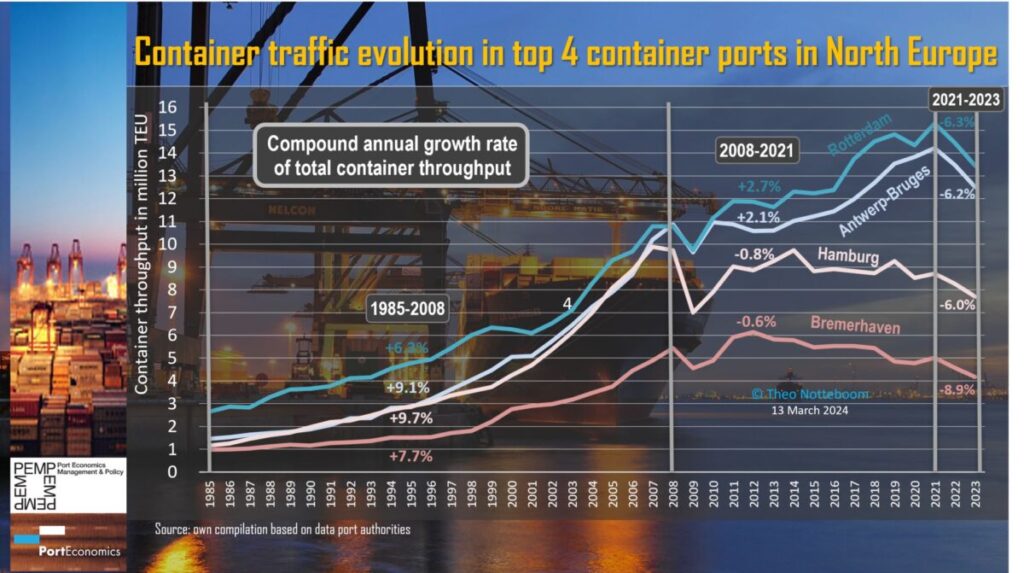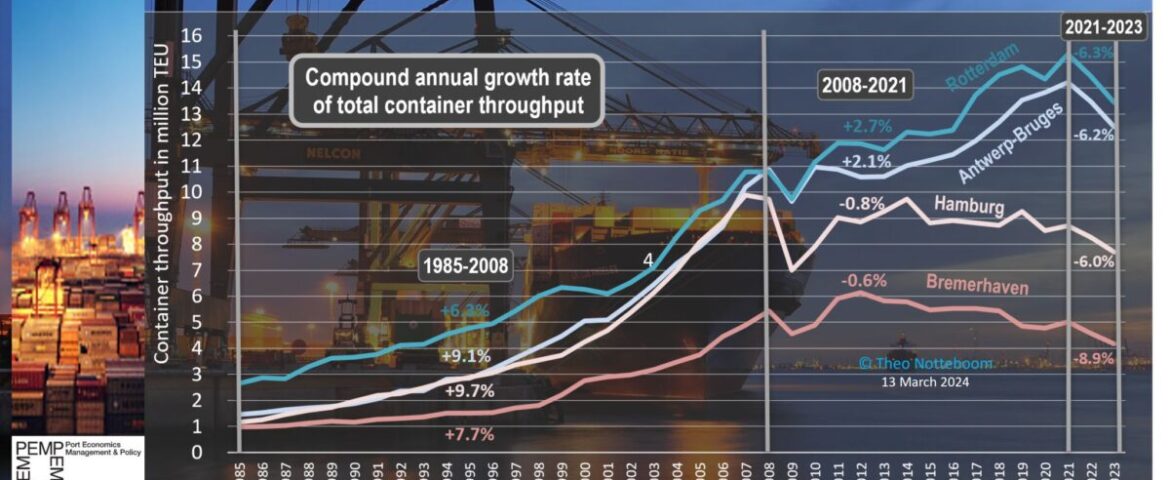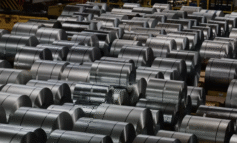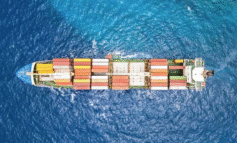In a new PortGraph PortEconomics co-director Theo Notteboom presents the container traffic evolution (in TEU) in the ports of Rotterdam, Antwerp-Bruges (i.e., the sum of Antwerp and Zeebrugge before the 2022 merger), Hamburg, and Bremerhaven.
Theo Notteboom details:
“Rotterdam, Antwerp-Bruges (i.e., the sum of Antwerp and Zeebrugge before the 2022 merger), Hamburg, and Bremerhaven are the top 4 container ports in Northern Europe.
The period 2008-2021 led to a diverging traffic trend. Rotterdam and Antwerp-Bruges realized a modest positive average annual growth of 2.7% and 2.1%, respectively. In contrast, the German ports recorded a small negative growth. The financial economic crisis of 2008-2009 and its aftermath proved difficult to digest, particularly in Hamburg and Bremerhaven
The mounting geopolitical tensions combined with higher market uncertainty, weaker global economic conditions, and intense inter-port competition hurt container growth in the period 2021-2023. In the past two years, all four ports had to accept a significant average annual traffic decline ranging from minus 6% in Hamburg to minus 8.9% in Bremerhaven.
When taking a long-term perspective, Hamburg handled more containers in 2005 than in 2023. Bremerhaven’s TEU throughput in 2023 qualifies as the lowest volume since 2005. The container activities in Rotterdam and Antwerp-Bruges remain well above the 2005 level despite recent traffic losses.
The period 1985-2008 was characterized by strong average growth figures of more than 9% per annum in Antwerp-Bruges and Hamburg, 7.7% in Bremerhaven, and 6.3% in Rotterdam. Growth even accelerated at the start of the new millennium partly due to the rise of China as an economic powerhouse.
The above analysis looks at the total container throughput figures. A more detailed analysis can provide more insight into the underlying dynamics in terms of the changing cargo mix (gateway vs. transshipment cargo), the role of the different liner trade routes, the role of specific carriers and terminal operators, and the impact of the containerization of general cargo (such as commodities being containerized).”













